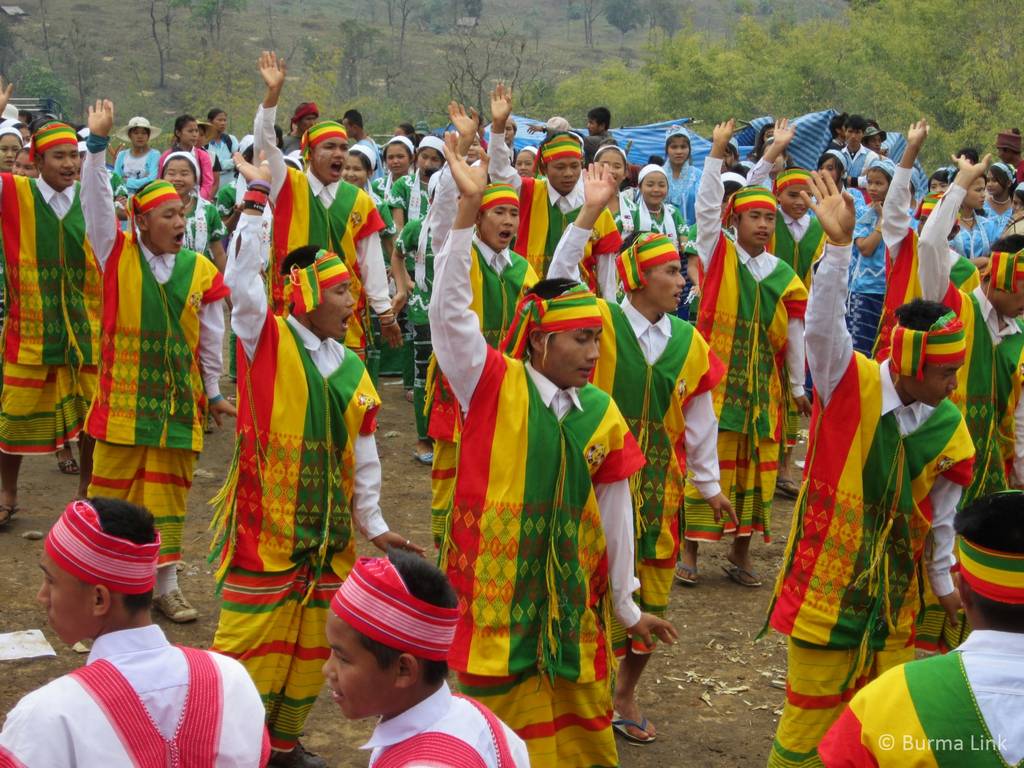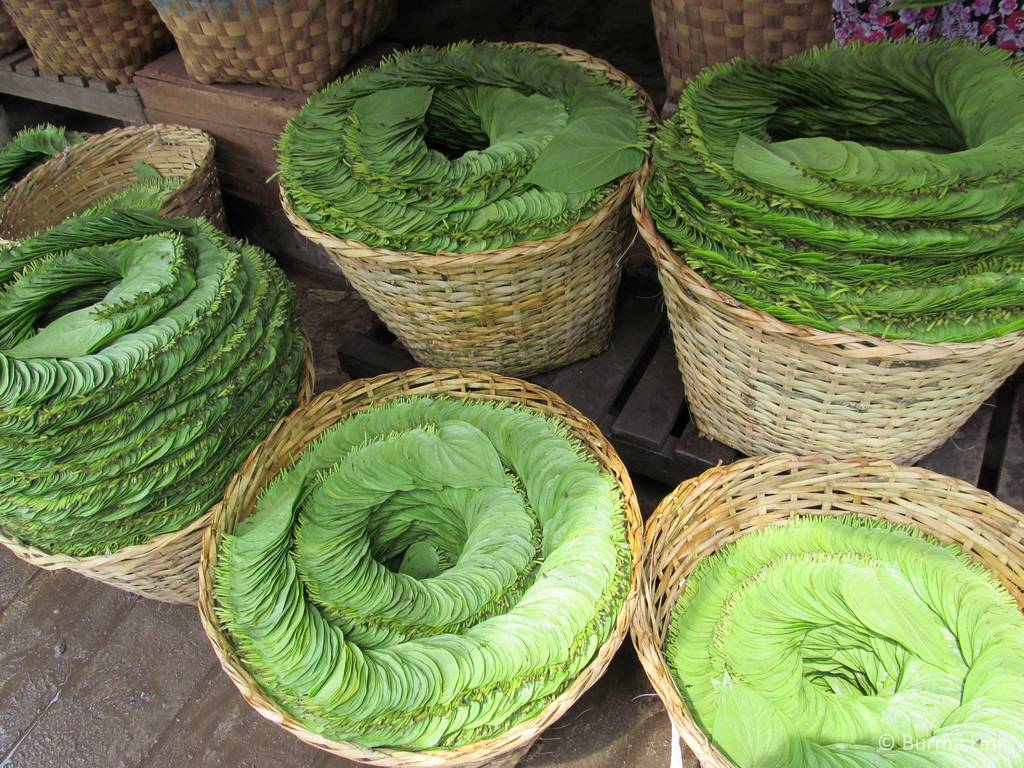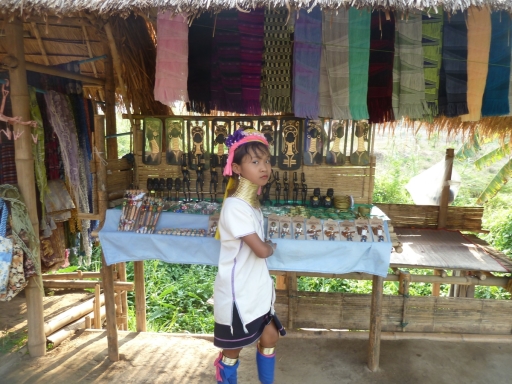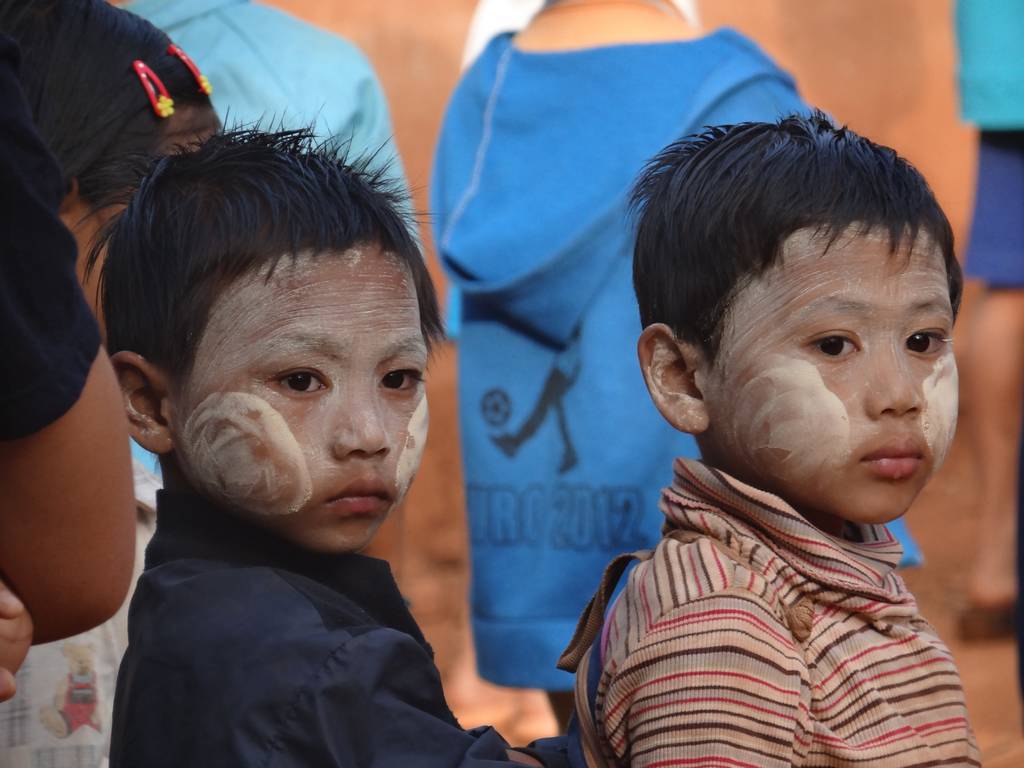Regardless of the difficult task of categorisation and often fluid boundaries between ethnic groups, there is a need to foster greater understanding of Burma’s ethnic diversity both within the civil society and domestic actors in Burma, as well as among international actors. In the following, when we provide sub-categorisations of Burma’s ethnic groups we rely on the most common divisions. These may be different from categorisations provided in another source. We refer to the majority ethnic group as Burman (also called Bamar) in order to separate it from the nationality Burmese (encompassing all peoples of Burma) and Burmese language.
Burma is a multiethnic, multilingual, and multicultural society. As there are no reliable statistics on the population, no one knows exactly how many ethnic groups there are in Burma. The last comprehensive, although controversial, census was done by the British in 1931. Between 29 March and 10 April 2014, the government conducted a Population and Housing Census in cooperation with the United Nations Population Fund (UNFPA). Provisional summary results were published in August, 2014 (Department of Population Ministry of Immigration and Population, August 2014). These preliminary results found 51,419,420 people, including an estimated 1,206,353 persons who were not counted in parts of Arakan, Kachin, and Karen State. Numerous ethnic civil society organisations criticized the ethnic coding in the census, claiming it was designed without proper consultation, and called for the census to be postponed until there is peace in the country (see e.g. BCUK, March, 2014; Karen News, March, 2014; KNO, February, 2014). Furthermore, despite initial promises to the contrary, over one million Rohingya were counted as ‘other’, and the census did not count the millions of people of Burma who live outside the country. Trusting government figures remains problematic particularly with regard to the size of ethnic populations.
Officially, the country encompasses eight main ethnic groups, which the government has further divided into 135 different indigenous ethnic groups. According to CIA Factbook, the majority group Burman make up 68% of the country’s population of 55 million, with the Shan (9%), the Karen (7%), the Arakanese (Rakhine) (4%) and the Mon (2%) comprising the largest ethnic nationality groups. Other estimates place the percentage of ethnic nationality groups to a substantially higher level. Many have argued that the breakdown of population by ethnicity remains highly contested and that the central government has consistently underestimated the size of non-Burman communities (see e.g. Smith, 1991). Official demographic figures and indicators are likely to be particularly flawed in relation to border areas, many of which remain inaccessible to the government as well as international agencies.

Karen students from Nu Poe refugee camp performing traditional Don Dance on Karen Revolution Day on January 31, 2013. (Photo: Burma Link)
When contrasted with many other cultures in the world, some similarities exist between the myriad ethnic groups in Burma, including the Burman majority and ethnic nationality groups. Some of these cultural similarities will be shortly reviewed in the following.
The people of Burma have strong family ties and usually think in terms of the community rather than the individual. Families in Burma tend to be extended rather than nuclear; a traditional Burmese family includes grandparents, aunts and uncles as well as distant cousins. Close friends can also be considered as part of the family, and it is common for friends to introduce each other as brothers or sisters. Throughout the country, marriage is a strongly respected institution and most marriages are love-based. Children usually live with their parents until they marry, but often continue to obey and listen to their parents’ advice even after marriage. Inter-ethnic marriages occur and are generally accepted, although to varying degrees.
Women of Burma traditionally wear a type of sarong known as htamain while most men wear a sarong called a longyi. People of Burma also wear thanaka on their faces, although the practice is largely confined to women, children, and young unmarried men. Rice is the most common staple food and agriculture is widely practiced across the whole country. Most people of Burma can speak Burmese, which is often used as a common language between the different ethnic groups.

Betel leaves are sold at markets across Burma for wrapping araca nut. The betel leaf is a mild stimulant. (Photo: Liz Bordo)
Due to the severely inadequate health care system in Burma, many Burmese rely on home remedies. Traditional beliefs prevail particularly in rural areas, where malicious spirits are being blamed for illnesses and traditional healers sought for treatment. While the education system in Burma is lacking in all aspects, education is highly valued by all Burmese.
Other common characteristics across ethnicities include a high level of hierarchy as well as respect for elders and authority figures, including teachers and parents. The head holds special honour and must not be touched, while feet hold the lowest place and should not be pointed at anyone. Shoes are taken off when entering people’s houses or religious buildings. When calling someone with the hand, the palm is faced down. When handing something over to someone the left hand is placed below the right elbow as a sign of respect. It is also respectful to bow slightly when walking in front of elders or other authority figures.
Men and women will rarely touch each other or show any sign of public affection. At the same time, it is common to see men showing friendly affection towards each other, resting their arm on their friend’s shoulder or knee. The time concept throughout Burma is also very different from that of many other cultures and people of Burma are generally not slaves to time.
Ethnic groups in Burma also possess highly distinctive national, cultural and language identities, ranging from the Padaung (Kayan) women who extend their necks through the use of brass rings in the mountains of Karenni State to the leg rowing Intha people bordering Inle Lake in the Shan State, and the once head-hunting Naga along the Indian border. Most ethnic groups can be distinguished from one another by language, dress, food, music and dance, as well festivals and celebrations that vary from one group to another. Although Burmese is the most widely spoken language, ethnic groups have managed to retain over 100 individual languages. Majority Burman mainly live on the central plains, including the cities of Rangoon and Mandalay, while ethnic nationalities live around the country’s mountainous borderlands.
In the following, a short introduction is given to the eight main ethnic groups (and the seven ethnic states) that are found in Burma, including their cultures, histories, and political opposition movements.

Young Padaung (Kayan) girl in Ban Nai Soi, Thailand, sometimes called the ‘human zoo’ (Photo: Annet Wever)
Updated October 17, 2014
Continue to Burman

